Bath in its heyday was renowned as the place to go if you were in poor health. Since Roman times its hot spring had been famed for its curative powers, and the same waters were used by the Georgians in an attempt to cure their ills.
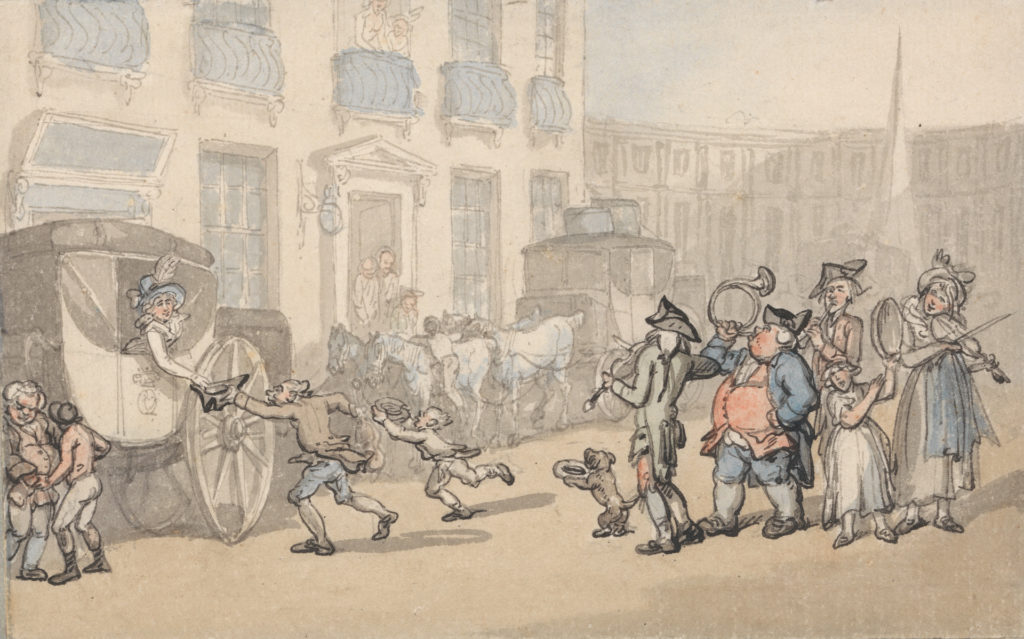
Bath, a magnet for the sick, also became a magnet for medical practitioners. There were so many doctors that an article in The Tatler of Oct 1709 stated, tongue in cheek, that an order should be made for them to return to their normal place of practice until ‘there are but Two Doctors to One Patient left in Town.’
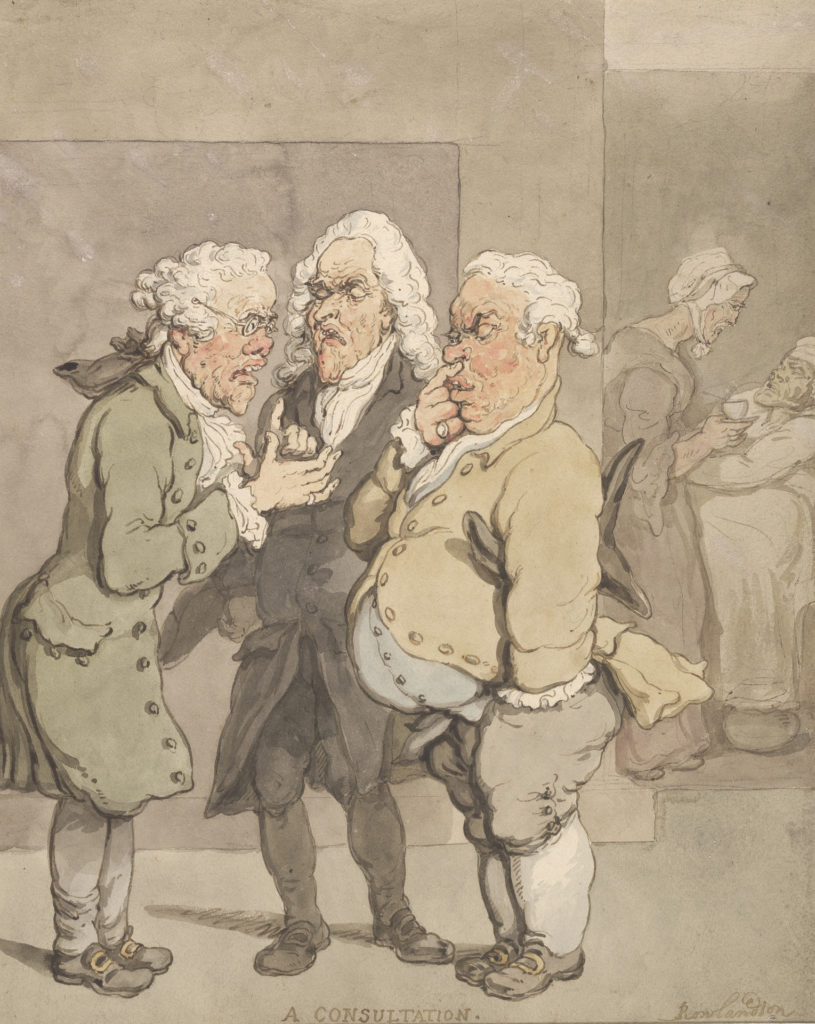
Bath was a bit of a goldmine for anyone in the medical profession, a medical man would almost be guaranteed to make an income. One such doctor was Caleb Hillier Parry (1755-1822). Parry, however, was no quack, but a man who worked hard for his patients, had many and varied interests, and with his research made a major contribution not only to the field of medicine, but also to that of sheep breeding.
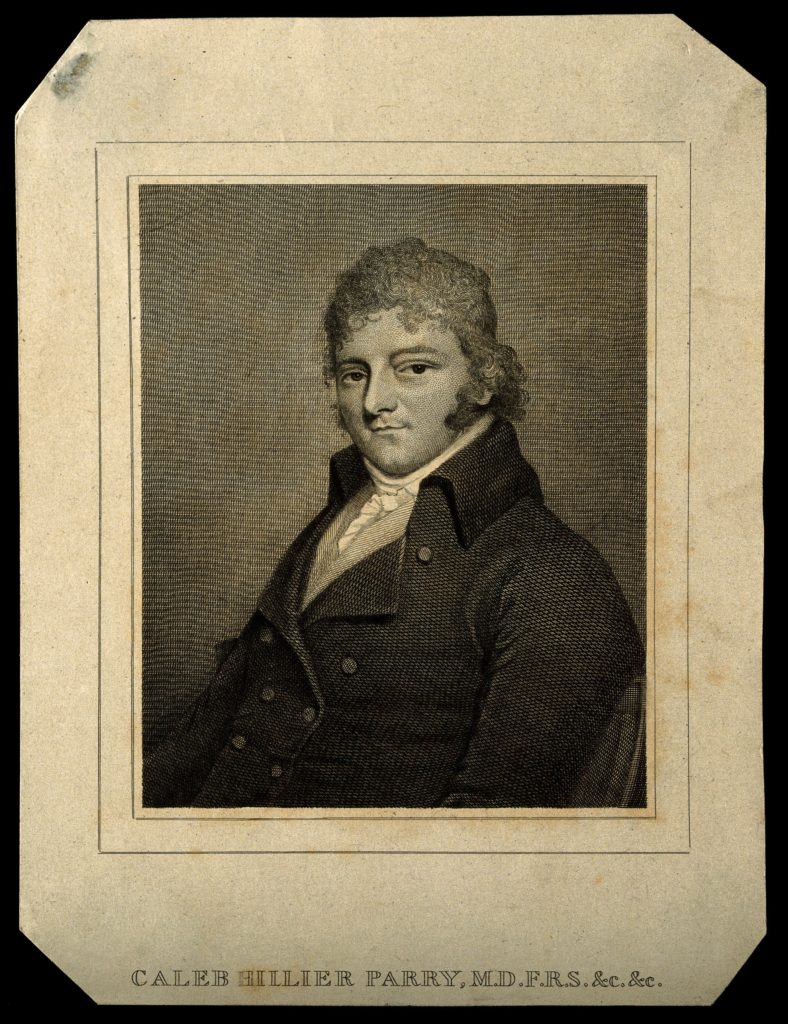
Born in Cirencester, Parry attended the local grammar school, and it was there that he met and formed a lifelong friendship with Edward Jenner, of vaccine fame.
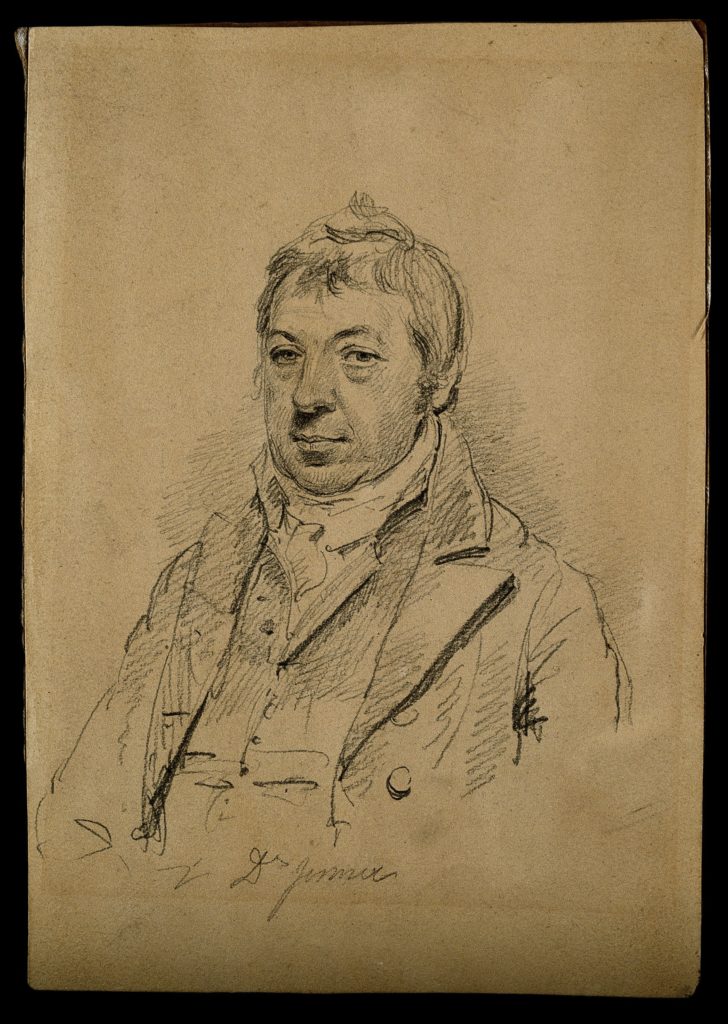
Because he was the son of a Presbyterian minister, Parry was unable to attend Oxford or Cambridge Universities, as both only accepted students who were members of the Church of England. Instead, in 1770, Parry attended the Academy of Warrington, a college founded by a group of Dissenters. Here he did well, meeting his future wife, Sarah (Sally) Rigby, before moving in 1773 to Edinburgh to study medicine — at the time, the most modern medical school in Britain. After a stay in London for a two year period of study with Thomas Denman, a physician-accoucher to the Middlesex Hospital, Parry returned to Edinburgh, where he qualified as a doctor in 1778.
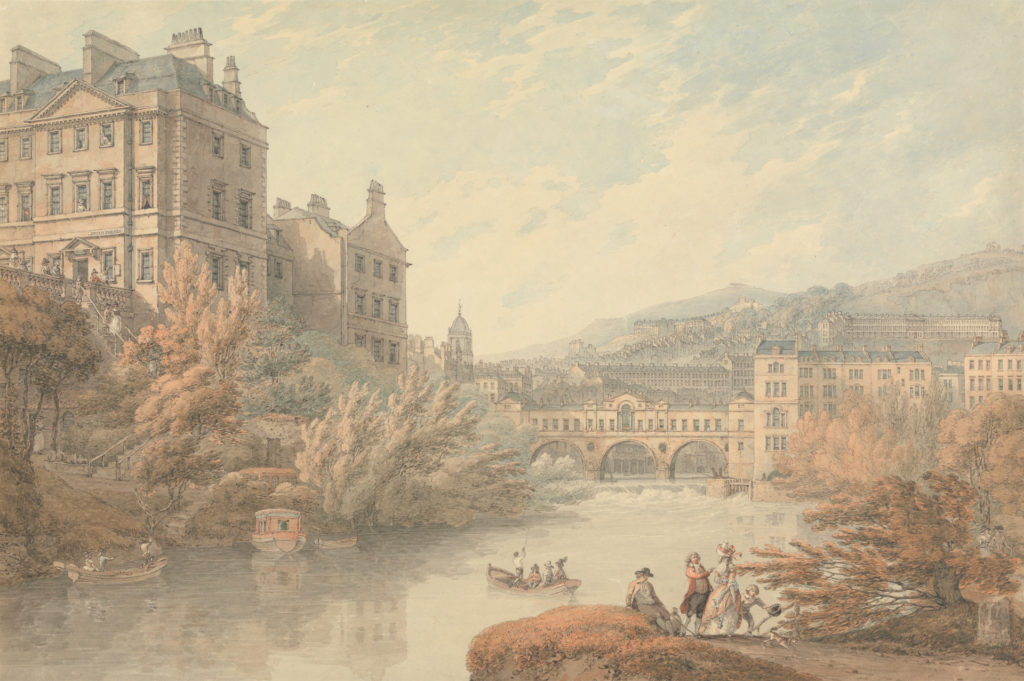
Now qualified, Parry was able to marry Miss Rigby in 1778, and after a brief sojourn in Cirencester, they moved to Catherine Place in Bath in 1779. Bath at this time was an up and coming town, with many of the redevelopments which transformed it into the elegant Georgian city we know today. It was popular not only for those who were ill, but also for those wealthy patrons seeking out the social amusements that the city had to offer.
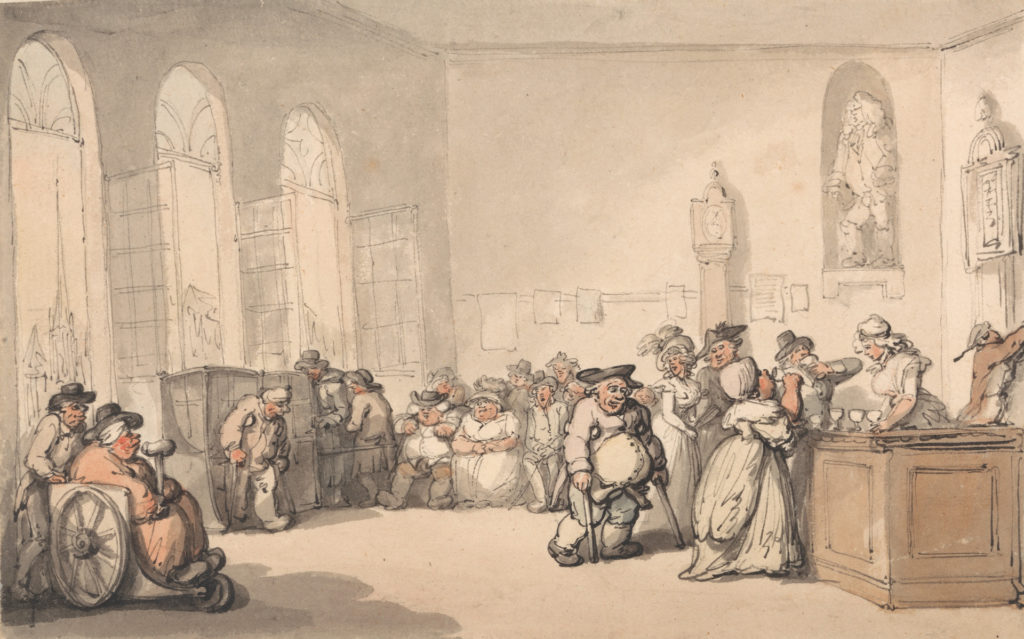
Parry started off working at the Pauper Charity, which catered to the needs of the diseased poor of the local community. He then became physician at the Puerpal Child-Bed Charity, an institution set up for the relief of poor married women in childbed at home. But it seems this work did not take up all his time, for he developed an interest in collecting fossils, a passion he shared with his friend Edward Jenner. However, in order to promote his reputation as a medical practitioner, Parry also needed to increase his social circle. This he did by joining local societies, such as the Bath and West Society, whose membership included important landowners, as well as doctors, lawyers, and other important citizens of the town. He also joined the Philosophical Society, where he was able to mingle with important scientists such as William Herschel the astronomist, and Joseph Priestley, the discoverer of oxygen.
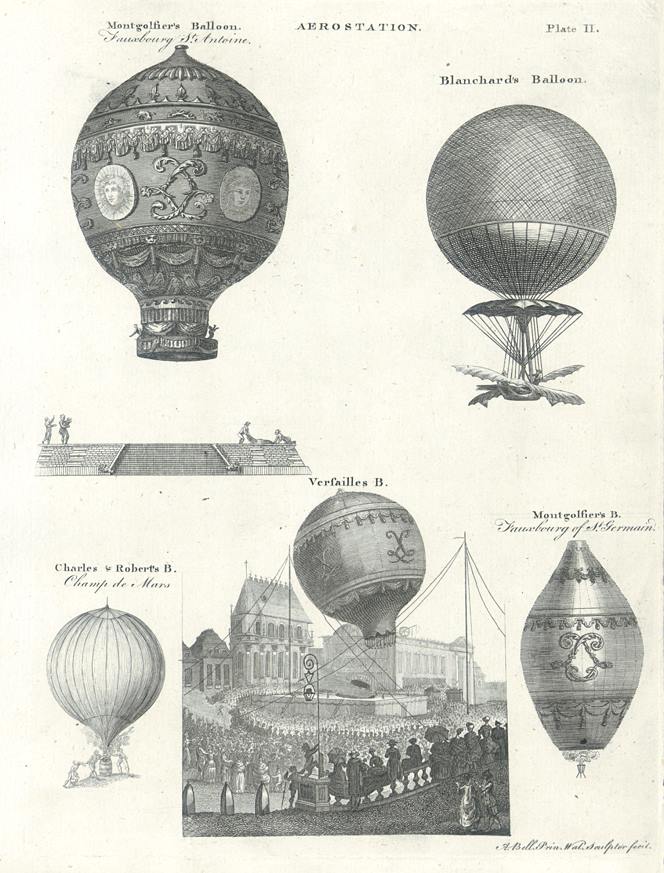
Fascinated by all sorts of scientific advances, Parry did not limit himself to just reading about them. A report in the Bath Chronicle of 1784 gives an account of an air Balloon ‘which was let off in the Crescent at twelve o’clock Saturday last’ by Parry, who had constructed the balloon himself.
By 1785, Parry’s medical practice, which was still struggling, was given a boost by the arrival of the famous London surgeon, John Hunter, who was in Bath to recuperate after an attack of angina. He chose Parry to treat him, and it is thought that this was done on the recommendation of their mutual friend Edward Jenner. From then, Parry’s medical reputation grew, as did his income. Patients recommended him to their friends, and he was now sometimes referred to for a second opinion by fellow physicians.
In 1786, Parry recorded the first case of Parry’s disease, a malady ‘which had not been noticed by medical writers’. Parry certainly noticed it, describing it as an ‘Enlargement of the Thyroid Gland with Enlargement or Palpitation of the Heart.’
Parry’s meticulous records and notes were not limited to his medical interests. In 1786, he had bought land and a farm on the outskirts of Bath. Here he raised sheep and also built a house for his family.
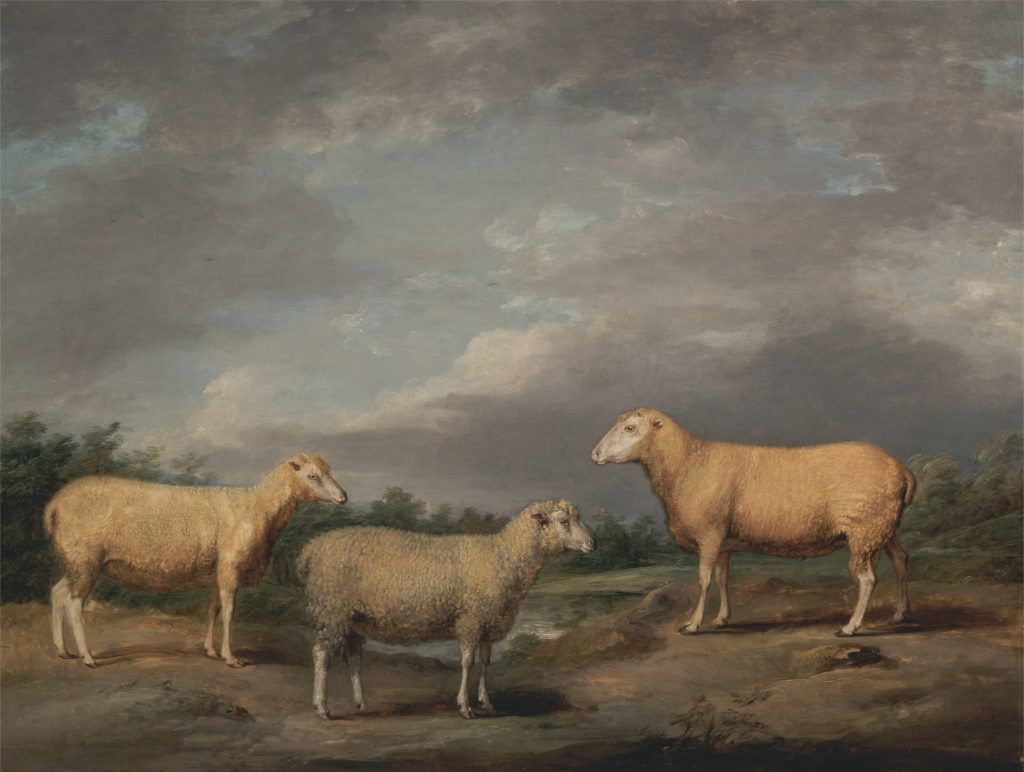
His notes on the development of his farm and sheep rearing were as detailed and as comprehensive as his records of his patients, often recorded on the same day. ‘This I have generally done on the spot, or rarely deferred beyond the day of observation.’ Many of his case reports have since been recognised as either the first, or the most complete descriptions of rare conditions.
By 1789 Parry was earning about £300 a month. In addition to his private practice, and his posts at three hospitals, he also treated many poor people free of charge. He worked long hours attending to these medical duties, in addition to running his farm. He also found time for reading and conducting research, as well as writing up his findings.
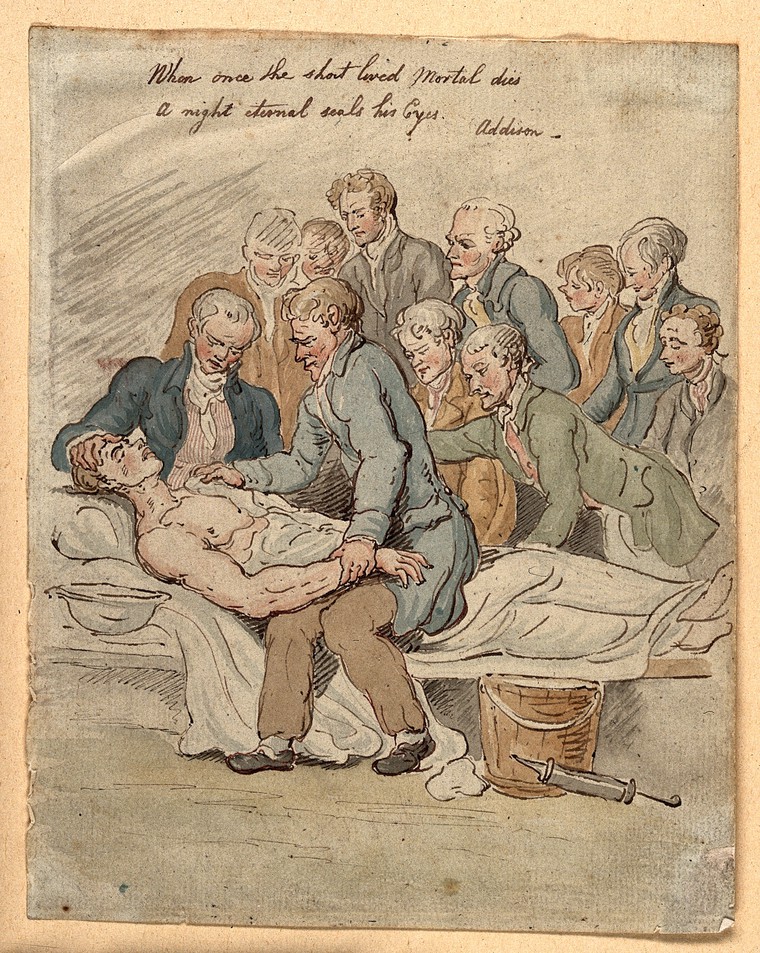
If one of his patients died, Parry would request permission for a post mortem. If this was granted, these too would have to be fitted into his busy day, some recorded in his notes as taking place as early as 6.30 am or as late as 10 pm. Although he did not conduct the dissections himself, he would always be present.
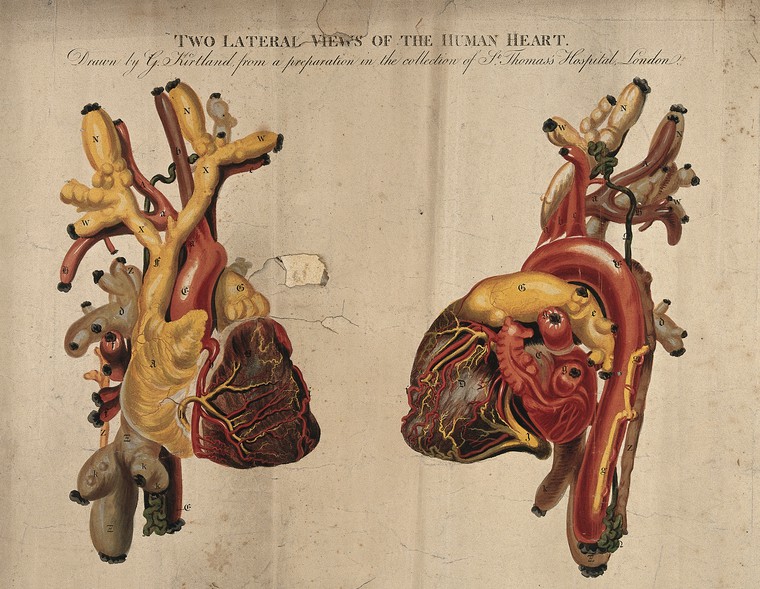
In 1799 Parry published An Inquiry into the Symptoms and Causes of the Syncope Anginosa, commonly called Angina Pectoris. In this he put forward the suggestion that symptoms of angina were due to insufficiency of the coronary artery circulation when extra demands were made on the heart. This book also contains the first demonstration that pressure on the carotid artery produces slowing of the pulse.
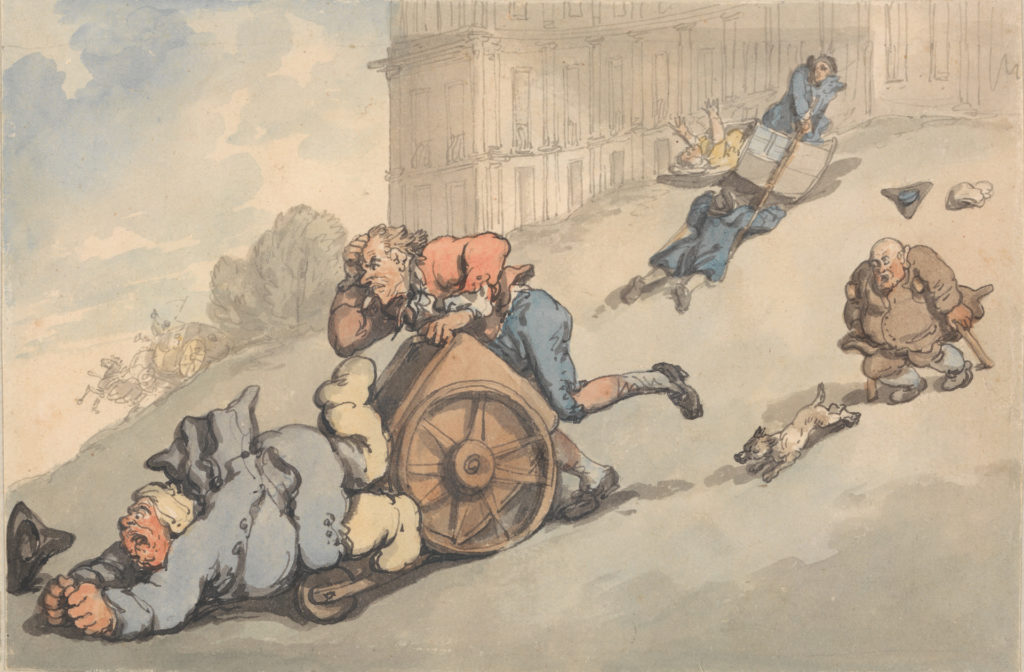
Parry also included a description of a simple exercise tolerance test – walking uphill. However, it was more than a hundred years before Parry’s ideas concerning coronary circulation insufficiency were accepted by the medical profession. He was a true pioneer in the field of medicine.
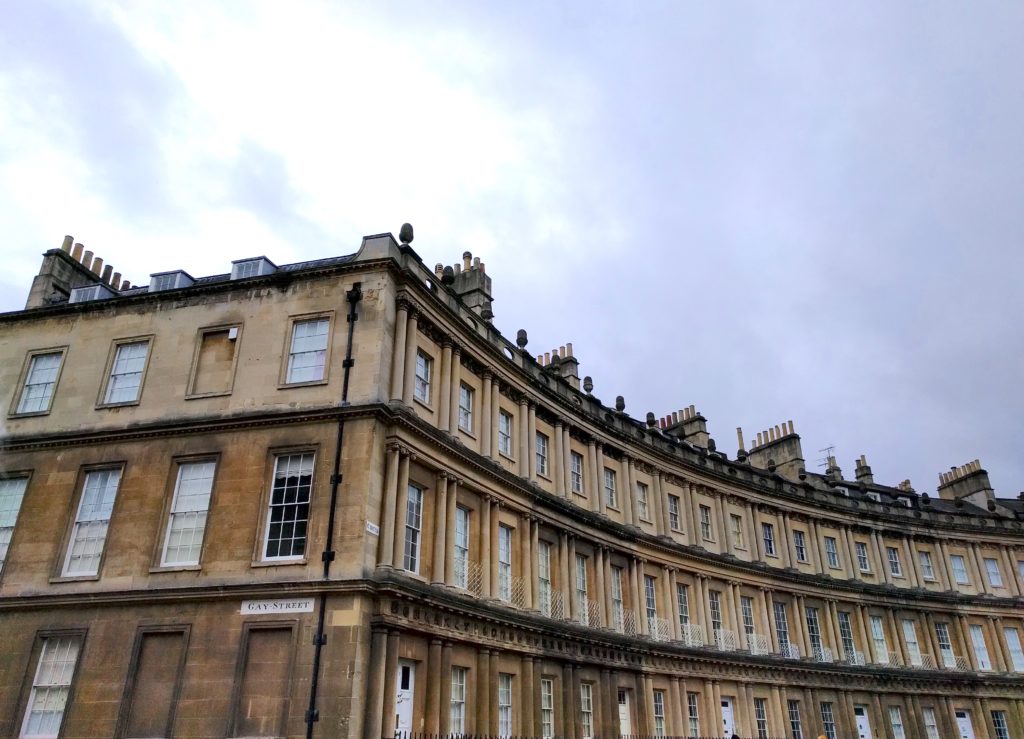
In 1800, Parry and his family moved to a far more prestigious, and considerably larger house at 27 Circus — the Harley Street of Bath. The same year, he was elected to the Fellowship of the Royal Society, having been recommended by fifteen Fellows, including William Herschel. His hard work continued, not only with his medical practice and clinical interests, but also with his farming, where he was conducting breeding experiments on sheep in order to produce fine wool. His work in this area was the first to be properly recorded, and he was also the first to accurately measure the diameter of wool fibres.
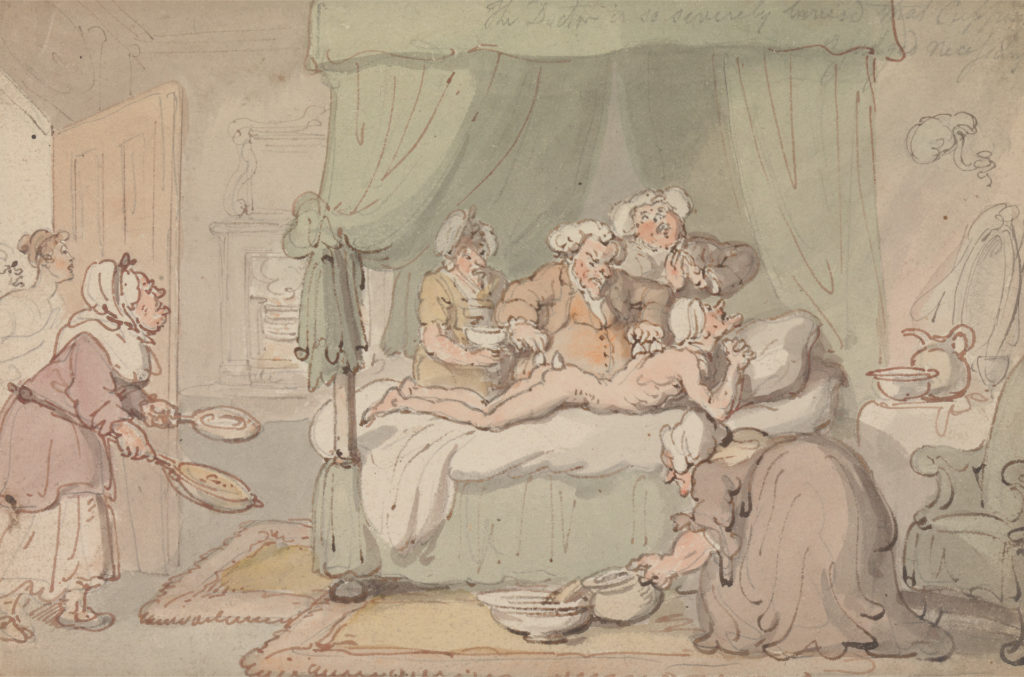
Parry, although advancing in years, did not slow down his activities. His evenings were taken up with visiting patients, atttending post mortems, or conducting research, not to mention reading and writing his notes. According to his son, Charles, ‘Dr Parry was an indefatigable reader… he had an intense pleasure in the perusal of works relating to history, voyages, and travels.’ He also interested himself in naval and military history, coming into contact, as he did with important political, naval, and military personnel. Most of Parry’s publications were published during the time he was living at The Circus.
Although of robust health, in his later years Parry started to suffer from gout and renal calculi. Ever the investigator, he meticulously recorded his symptoms. But these painful conditions did not stop him from carrying out his duties ‘Visited thirty patients before dinner, in a chair one, others in my carriage and on foot.’ In 1816 he suffered a stroke which left him paralysed down his right side and unable to speak. This was a hard blow to a man accustomed to being active. His son Charles wrote ‘The functions of that clear and vigorous mind were suddenly suspended, and the energies of a most active frame arrested in the midst of health, and hope, and occupation.’
A few months after this catastrophe, Parry, his wife, and the two daughters who still remained at home, moved to 7 Sion Place, a smaller terraced property in Bath. Although frustrated at being unable to communicate as easily as before – both Parry’s mental state and ability to speak had improved – by 1820 he was able to dictate a series of reminiscences to his daughters, as well as a thirty page essay on the character of Hamlet.
By 1821, Parry’s health deteriorated further, and he was now suffering from epileptic fits. On 9th March 1822 he finally died, after a severe epileptic attack. Despite his wishes for a private funeral, it was decided that a public one should take place, so great was the esteem in which he was held.
‘A train of mourners and friends, such, perhaps, as was never before witnessed on a similar occasion in Bath. A vast crowd of spectators of all ranks … anxious … to testify their regard for his memory, filled the windows of every house and lined the streets through which the funeral procession passed.’ His lifelong friend Edward Jenner was one of the pall bearers. Parry was buried in Bath Abbey, where the monument erected to his memory can be seen on the wall of the south aisle of the nave.
Parry truly was a man of parts, who was caring of his patients and esteemed by his colleagues. He substantially added to the body of medical knowledge with his meticulous notes and observations. His posthumously published description of thyrotoxicosis, which he first described in 1786, was recognised by Sir William Ostler as the earliest description of what is now called Graves’ Disease.
If you would like to discover more about this amazing man, I recommend reading The Spirit of Enquiry Caleb Hillier Parry, MD, FRS, by Sholem Glaser, 1995, Alan Sutton Publishing Ltd

